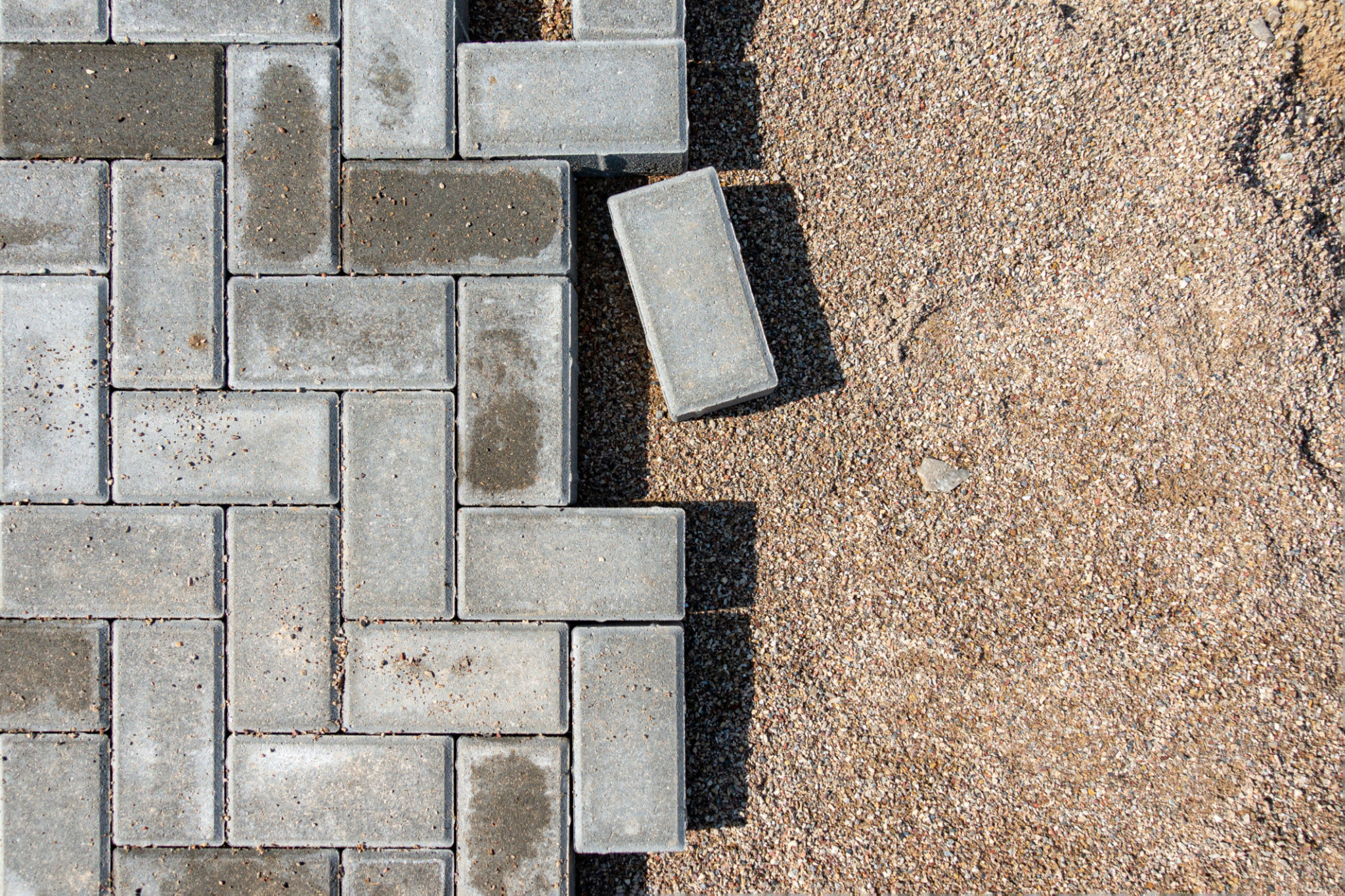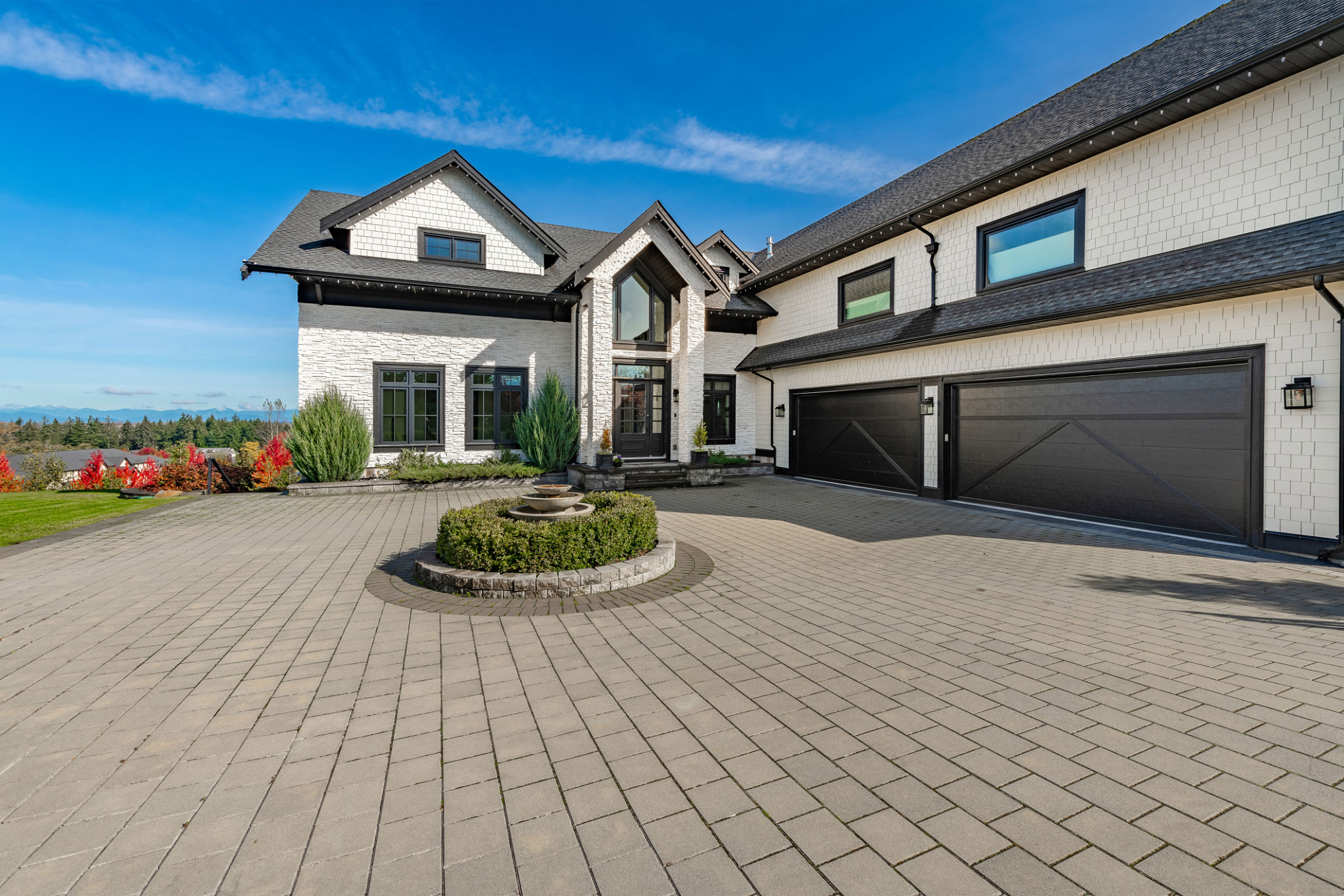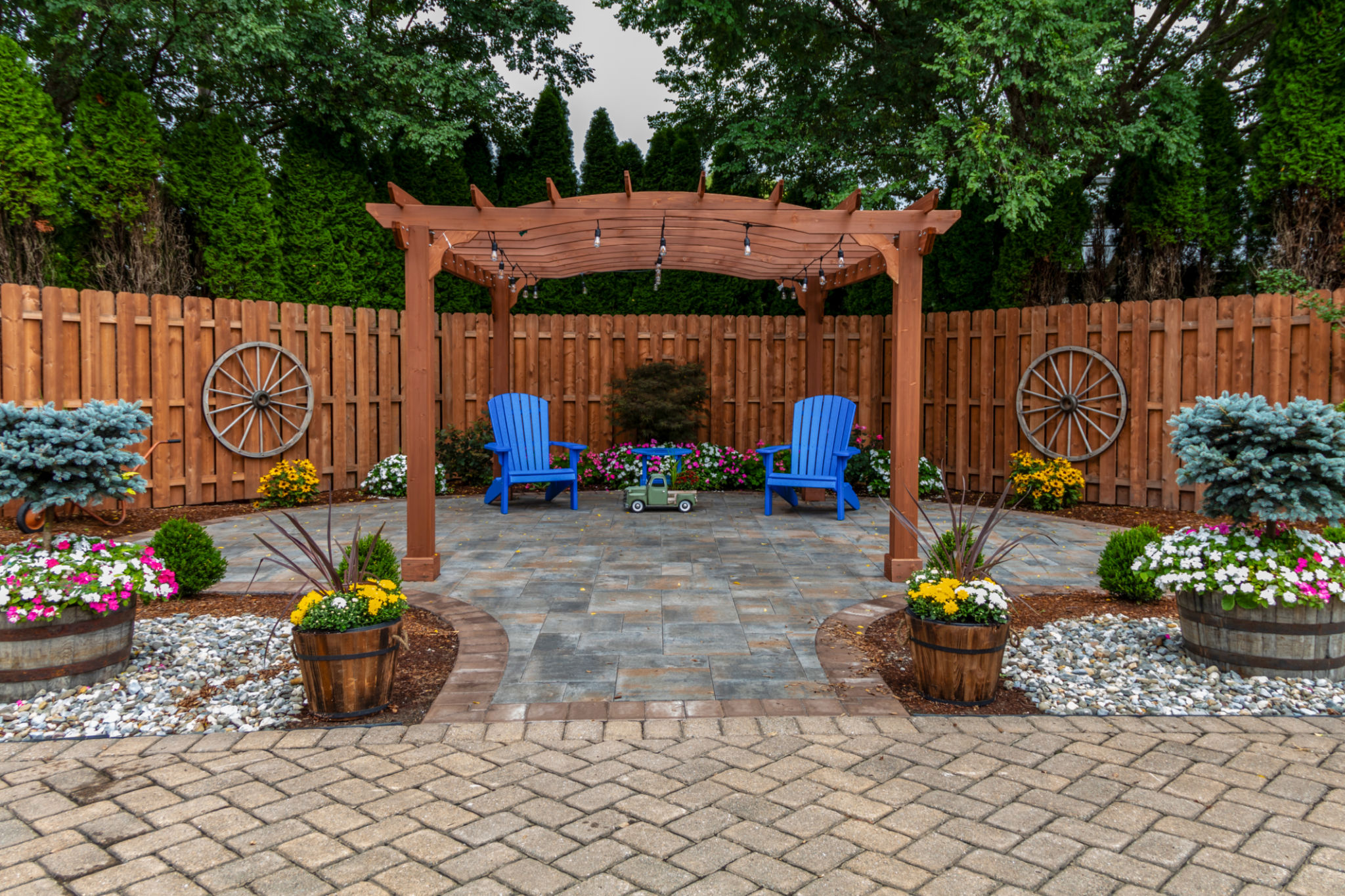The Ultimate Guide to Block Paving: Transform Your Outdoor Space
PP
Understanding Block Paving
Block paving is a popular choice for homeowners looking to enhance their outdoor spaces. It involves the use of blocks or bricks to create durable and aesthetically pleasing surfaces. These surfaces are ideal for driveways, patios, and walkways. The versatility and range of styles available make block paving a top choice for many.
The blocks are typically made from materials such as concrete, clay, or natural stone. Each material offers unique benefits and can be chosen based on the specific needs and design preferences of the homeowner. Whether you prefer a rustic charm or a sleek modern look, block paving can cater to a variety of tastes.

Benefits of Block Paving
One of the biggest advantages of block paving is its durability. When installed correctly, it can withstand heavy loads and resist wear and tear from the elements. This makes it an excellent option for high-traffic areas such as driveways and commercial spaces.
Another benefit is its low maintenance requirements. Block paving is easy to clean and repair. If a block gets damaged, it can be replaced individually without disrupting the surrounding area. This feature not only saves time but also reduces long-term maintenance costs.

Design Possibilities
Block paving offers a wide range of design possibilities. With various colors, patterns, and textures available, homeowners can create bespoke designs that complement their property's architecture. From herringbone to basketweave, the pattern choices are extensive.
The ability to mix different colors and textures allows for creative expression. Homeowners can incorporate borders, motifs, or even contrasting colors to make their outdoor space stand out. This flexibility is what makes block paving an attractive solution for many.

Installation Process
The installation process of block paving involves several steps that ensure a lasting and professional finish. Here is a brief overview of the process:
- Planning: The first step is to plan the layout and design. This involves measuring the area, selecting the materials, and deciding on patterns.
- Excavation: The ground is excavated to a suitable depth to accommodate the blocks and sub-base.
- Sub-base preparation: A sub-base layer is added to provide stability and drainage.
- Laying the blocks: The blocks are laid according to the chosen pattern, ensuring they fit snugly together.
- Finishing: Sand is brushed into the joints to secure the blocks in place, and the surface is compacted for a smooth finish.
Choosing the Right Contractor
When considering block paving for your outdoor space, choosing the right contractor is crucial. A skilled professional will ensure proper installation, which is vital for longevity and appearance. Here are some tips for selecting a contractor:
- Check for certifications and experience in block paving projects.
- Ask for references or view previous work to assess quality.
- Ensure they provide a detailed quote with clear terms and conditions.

Maintaining Your Block Paving
To keep your block paving looking its best, regular maintenance is key. This includes routine cleaning to remove dirt and debris that can accumulate over time. Power washing can be an effective method to restore the original appearance of the blocks.
If weeds begin to grow between the blocks, they should be removed promptly to prevent damage. Applying a sealant can also help protect against stains and enhance the color of the paving.
Conclusion
Block paving is an excellent investment for any homeowner looking to elevate their outdoor space. Its durability, aesthetic appeal, and low maintenance make it a practical choice that can add significant value to your property. By understanding the options available and selecting a skilled contractor, you can transform your outdoor areas into stunning spaces that will last for years to come.
